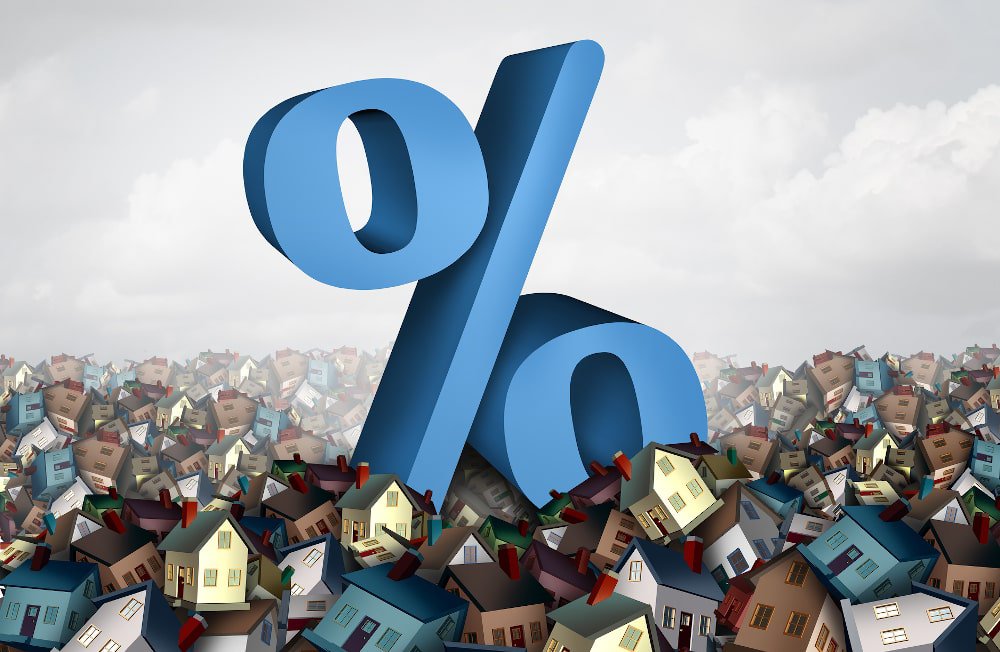Do Mortgage Rates Vary By Province?

Mortgage rates are key in shifting the direction of affordability, housing decisions, and real estate investments in Canada. With these rates, many different lenders’ offers on mortgages can show variations in each province, given local demand, economic conditions, borrower risk levels, and overall market activity. The detection of small variations between rates holds critical importance since slight rate variations result in major long-term cost changes. This guide will go into the provincial mortgage rate variation and the key contributors to these changes in these rates.
Regional Mortgage Rate Variations: How Much Do They Differ?
The base rates that most major Canadian banks provide to customers remain constant, but borrowers normally receive final interest rates that vary by provincial location. Breaking points between financial organizations evolve based on three components: operational expenses together with risk management approaches, and market share competition levels.
Provincial credit unions, together with local banks in Quebec and British Columbia, tend to provide homebuyers with mortgage rates that are lower than the national average. The mortgage rates in Alberta and Saskatchewan tend to vary from elsewhere because of economic instability and reduced loan activity.
The national average five-year fixed rate stays at 5.35%, yet individual regional prices could show differences since they depend on local homeowner credit risks, property value changes, and discounted rates offered by banking establishments. For lenders in Ontario urban areas, many can provide discount promotions because of strong housing market demand. Financial institutions operating in provinces where economic circumstances are unstable will insert minor premiums into their rates to protect themselves from potential defaults. The standard mortgage policy rate stands uniform across Canada, yet the top provincial mortgage rates depend on those factors that influence lenders regionally and institutionally.
This table demonstrates the average five-year fixed mortgage rates of major Canadian provinces as of May 2025:
| Province | Average 5-Year Fixed Rate | Key Insight |
|---|---|---|
| Ontario | 5.34% | Large market with high lender competition |
| British Columbia | 5.28% | Strong credit union presence |
| Alberta | 5.45% | Slight premium due to economic volatility |
| Quebec | 5.19% | Lowest average rates due to regional lenders |
| Nova Scotia | 5.40% | Higher due to a limited lender base |
| Saskatchewan | 5.47% | Sparse lending activity, rural premium |
Case Study: Rate Shopping Across Provincial Lines
In early 2024, Michelle, a real estate investor from Ottawa, planned to buy a Gatineau, Quebec duplex for rental purposes. She first attempted to get funding from an Ontario-based major bank that provided her a five-year fixed mortgage with a 5.42% rate. The region-based lender option appeared more promising to her, so she decided to connect with Quebec institutions, although the Ontario bank terms seemed adequate.
The mortgage broker from Gatineau arranged a 5.19% fixed rate for Michelle through the Gatineau-based local credit union. Michelle saved more than $7300 in interest throughout the five years of the $620,000 loan because the two rates differed by 23 basis points. The bank's rate included better prepayment terms, which the investor greatly valued.
The increasing number of people including investors choose to open mortgage accounts across provincial borders particularly near border zones for better mortgage rates. The knowledge about provincial mortgage rate differences enabled her to obtain better affordability and support a more lucrative investment.
What Drives the Difference in Provincial Mortgage Rates?
Several elements contribute to the lack of standard mortgage rates throughout Canada.
Firstly, lending institutions across different Canadian provinces compete against each other in varying degrees. Credit unions, together with smaller regional banks, dominate the mortgage lending market throughout Quebec and British Columbia. These institutions use low-interest rate offers to attract first-time buyers and self-employed borrowers, as well as other market segments. The pricing rivalry between lenders results in reduced average rates across the affected geographic areas. Nova Scotia and Saskatchewan exist as smaller provinces that lack enough local mortgage lenders to provide borrowers with both adequate options and affordable terms.
In addition, the form of regulation along with default insurance premiums determines mortgage pricing in different provinces across the country. Mortgage default risk evaluation procedures of lenders diverge according to the property location between urban areas and suburban and rural regions within each province. The all-in borrowing cost of high-ratio borrowers will be influenced by both local insurance premiums and title fees, even though these costs differ from interest rates.
Finally, the average interest rate that your lender applies to your loan depends on the combination of your provincial characteristics with your property attributes, and how competitive the lending offers are in that market area.
“ Your Canadian postal code determines unpredictable changes to your mortgage rates. Researching locations and professionals helps consumers transform rate information into genuine cost savings.”
— Rushi Parikh , Mortgage Agent Level 2, Clover Mortgage
Conclusion
In short, while the Bank of Canada provides equal influence to all lenders for their rate decisions, different factors determine the actual mortgage rates borrowers pay. The borrowing cost you face for a mortgage depends on your postal code, regardless of whether you choose Ontario for purchasing or Quebec for refinancing, or Alberta for investment.
To navigate today’s real estate market effectively, contact us at Clover Mortgage to best understand the nuances of provincial pricing and mortgage options.
FAQs
Do mortgage rates vary depending on the province in Canada?
Mortgage rates function differently throughout the provinces of Canada. For example, mortgage rates in Quebec and British Columbia typically remain lower because of strong credit unions and competitive local bank presence, yet Alberta and Saskatchewan tend to present rates with a slight premium because of economic instability and limited lending operations.
Where are mortgage rates the lowest in Canada?
Down payment prices tend to reach their lowest point in regions where lenders compete actively. Quebec and British Columbia show the most successful competitive mortgage rates.
A broad range of local lenders and credit union rate competitiveness enhances the mortgage conditions in these territories. The lowest mortgage rate will be determined by how an individual applies (direct bank, mortgage broker, or online), together with their borrower characteristics and the loan type.





